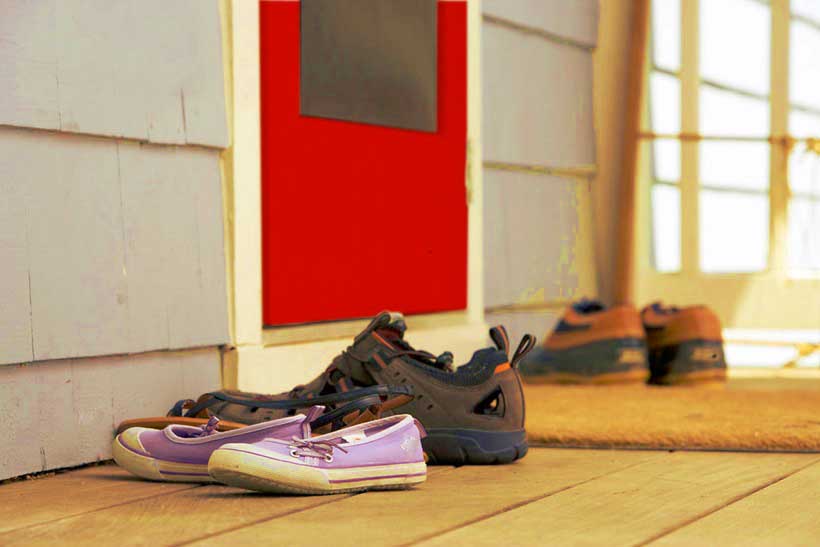Fri 05 July 2019:
Your clodhoppers track in dirt, yes, but also fecal germs and diarrhea-inducing bacteria, studies show, and the shoes themselves can get dirtier than a toilet seat. And science has shown just what makes up that filth, too.
Even Charles Gerba, a University of Arizona microbiologist who conducted a seminal study on the subject, was surprised. “I’m starting to make myself paranoid,” Gerba told the Baltimore Sun when his study debuted in 2008. “It seems like we step in a lot more poop than I thought.” For the study, ten people wore brand-new shoes for two weeks before their kicks were sampled for bacteria. The outside of the shoes averaged 421,000 units of bacteria, compared to just 2,887 on the inside. And fecal bacteria appeared on 96% of the shoes.
That fecal bacteria “indicates frequent contact with fecal material, which most likely originates from floors in public restrooms or contact with animal fecal material outdoors,” Gerba said for the study.
And here’s the, ahem, kicker: The transfer rate bacteria from shoes to clean tiles was 90% to 99%. Bacteria found on the footwear included E. coli, a source of urinary tract infections and diarrhea, as well as other bacteria causing pneumonia (Klebsiella pneumonia) and respiratory tract infections (Serratia ficaria).
In that study’s analysis of 30 homes, Clostridium difficile — a bacterial cause of fever and diarrhea — was found more commonly on shoe bottoms than bathroom surfaces and toilet seats. That research appeared in the journal Anaerobe.
To be clear: Our world is basically awash in fecal matter, and whether you stop wearing shoes indoors may come down to your own personal standards for cleanliness. Or, as The New Yorker reported on former “Saturday Night Live” star Tracy Morgan, you could just get “a machine next to the huge front door which Saran-Wraps the bottoms of your shoes, so that you don’t track dirt onto the shiny white tiled floors.”
Follow Josh Hafner on Twitter: @joshhafner
Think your friends would be interested? Share this story!





